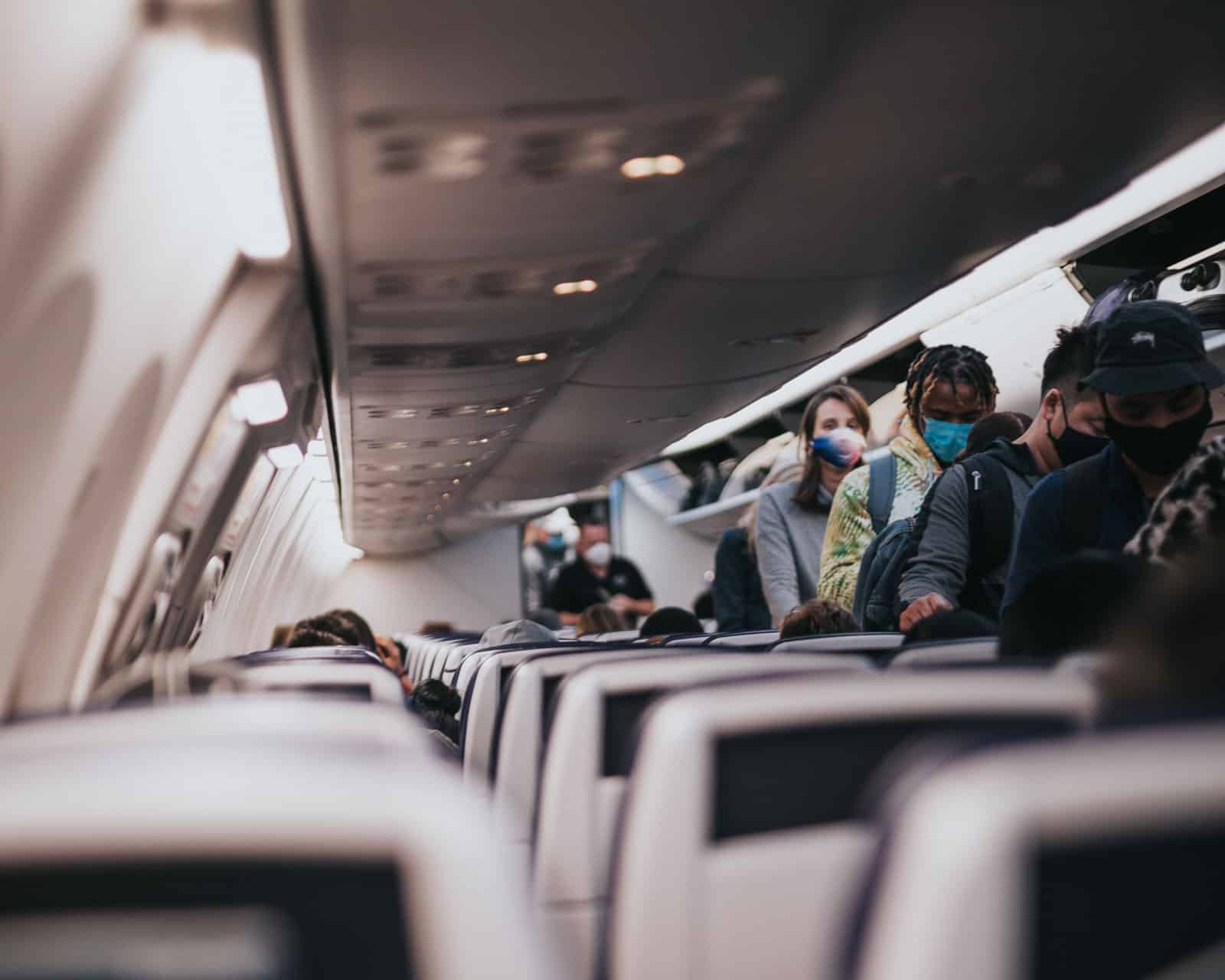Two meters. Six feet. No matter what nation you’re in, the guidance is clear: social distancing is here to stay for some time.
And while air travel has attempted to adapt by slowing the boarding process, requiring face masks and inserting plexiglass shields at ticket counters, new innovation will be required to encourage passengers to feel safe travelling again.
Some trends are already starting to take hold including a resurgence in private travel, greater technology integration and innovative seat designs focused on privacy and distance.
Increased Interest in Private Travel
When it became clear that social distancing is one of the most effective deterrents to the spread of the COVID-19 virus, commercial airlines were left in barney.
Having over a hundred passengers crammed into a small space may have been okay before, but now, customers were likely to push back. Private aircraft owners were quick to reap the benefits, as those still needing to travel for business or holiday opted for smaller, business aircraft.
Not only does private travel offer a reduced chance of spreading the virus due to fewer passengers onboard, it also offers passengers greater flexibility when planning travel.
This trend is seen playing out as new customers flock to not just purchasing private jets through brokers, but also private jet membership programs as well.
Technology to Increase Distancing
Even prior to the pandemic, commercial airlines had increased their technology usage to reduce the number of contact points between customers and airline employees.
Now that social distancing is important to public health, and not just labour savings, it’s even more important for technology to do its part in reducing the spread of the infection.
Along with the usual ability to do mobile check in and obtain electronic boarding passes, Emirates now offers a contactless experience using biometric recognition. This includes the ability to board a flight, enter a lounge or go through immigration in Dubai, all without the need to be close to an airline employee.
While privacy concerns may cause more concern in the UK, airlines and private aircraft operators alike are constantly looking for new ways that reduce the chance that COVID-19 or any other virus is spread between passengers and employees.
Innovation in Seat Design
While aircraft operators may be willing to part ways with some seats, there is still a minimum number of passengers required onboard in order to maintain profitability and keep flight prices competitive.
Thankfully, aircraft seat designers are in the process of coming up with new configurations to provide not just socially distanced safety, but greater privacy as well.
Aviointeriors recently came out with a new seat design that allows for the same number of seats onboard a commercial aircraft, but uses transparent shields to reduce the chance of infection spread.
For those looking to fly private but desire more space, XO offers the chance to fly in a repurposed CRJ-200 aircraft with bigger, spread out seats. While the aircraft used to seat 50 passengers for commercial travel, it now seats only 16 passengers in a more socially distanced manner.
Bottom Line
Aviation and social distancing can co-exist, but will require aircraft operators and airlines alike to come up with innovative solutions. Private travel has the upper hand in meeting these needs in the short-term, but the future of air travel will rely on airlines to operate differently and cater to the new needs of passengers.

